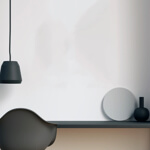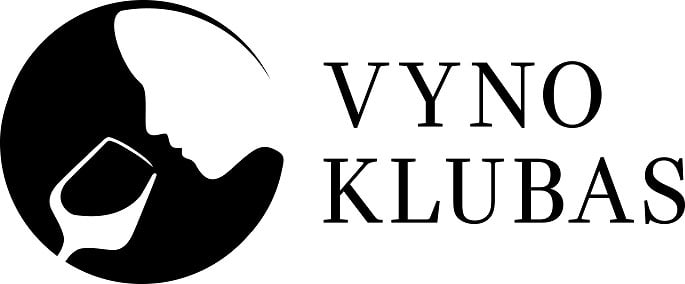Jānis Avotiņš Latvian, b. 1981
2025
Aliejus, drobė / Oil on canvas
31 x 21 cm
€ 3,870.00
Over the course of many years, the Latvian artist Jānis Avotiņš has drawn inspiration and motifs for his work from the visual legacy of the recent past, including photographs found...
Over the course of many years, the Latvian artist Jānis Avotiņš has drawn inspiration and motifs for his work from the visual legacy of the recent past, including photographs found in public and private archives, retouched Soviet-era press illustrations and city guidebooks. Avotiņš delves into this cultural and historical legacy not only for building blocks for his creative work but acts as a careful archeologist, attempting to free his paintings and drawings from unnecessary semantic layers of meaning, often erasing indications that would place his figures in a specific timeframe. The artist moves images of the past to a different universe, a dimension of time characteristic only of a work of art, the ’now’ of art. His monochromatic figures become solemn memory images surfacing in our consciousness from a distant or more recent past. Avotiņš’s work is characterized by a special intimacy, and viewers are invited to complement it with themes from their own personal experience. At the same time, they are open to the widest possible perceptions and interpretations, so that each viewer can fill in the gaps and create a common sense of memory.
Expressed in images of shared memory, the art of Jānis Avotiņš is like a festive event in that it offers something to unite us. Celebration is the most complete form of communal experience, through which people re-establish their shared existence. The aesthetic quality of Avotiņš’s work thus also becomes especially important, since the aesthetic experience when shared encourages ’sociability’, increases an individual’s desire to communicate with others, and helps form social bonds and unite people into a cohesive society. It is not necessary for thousands to come together in order to experience the feeling of community. The shared experience of art can also serve this purpose.
Expressed in images of shared memory, the art of Jānis Avotiņš is like a festive event in that it offers something to unite us. Celebration is the most complete form of communal experience, through which people re-establish their shared existence. The aesthetic quality of Avotiņš’s work thus also becomes especially important, since the aesthetic experience when shared encourages ’sociability’, increases an individual’s desire to communicate with others, and helps form social bonds and unite people into a cohesive society. It is not necessary for thousands to come together in order to experience the feeling of community. The shared experience of art can also serve this purpose.







